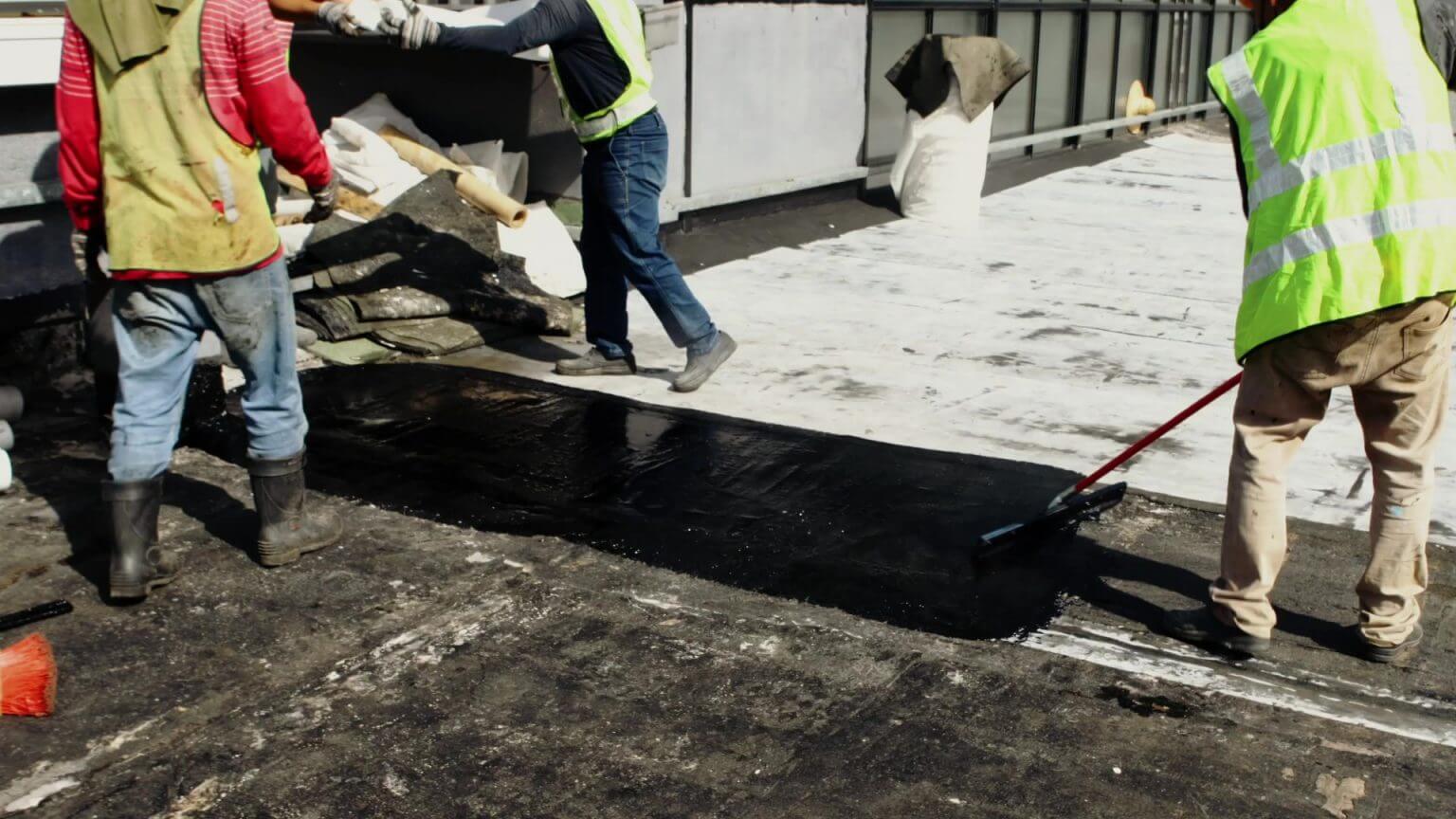
Waterproofing with Bitumen: An Essential Application - Part 2
Welcome back to the continuation of our exploration into the world of waterproofing with bitumen. In Part 1, we covered the basics of bitumen, its advantages, and applications in various construction scenarios. In Part 2, we will delve deeper into the subject, addressing comparisons with other waterproofing materials, challenges faced, and exciting innovations shaping the future of bitumen waterproofing.
Bitumen vs. Other Waterproofing Materials
When considering waterproofing options, it's essential to compare bitumen with other popular materials, such as PVC and TPO membranes:
Bitumen vs. PVC Membranes
While PVC membranes offer flexibility and resistance to UV rays, they may not be as suitable for structures that experience significant movements. Bitumen's higher flexibility allows it to better adapt to structural shifts, making it a preferred choice for areas prone to seismic activity.
Bitumen vs. TPO Membranes
Thermoplastic Olefin (TPO) membranes provide energy efficiency and resistance to chemical exposure. However, bitumen surpasses TPO in terms of waterproofing capability, especially in scenarios where water resistance is of utmost importance.
Challenges and Best Practices in Bitumen Waterproofing
Bitumen waterproofing, like any construction process, comes with its own set of challenges:
Temperature Variations
Extreme temperature fluctuations can impact the performance of bitumen membranes. In cold weather, bitumen can become less adhesive, while in hot weather, it might soften. Proper installation techniques and choosing the right type of bitumen can mitigate these challenges.
Application Techniques
Achieving uniform thickness and proper adhesion is crucial in bitumen waterproofing. Inadequate surface preparation or incorrect application techniques can lead to delamination, leaks, and reduced waterproofing effectiveness.
Innovations in Bitumen Waterproofing
As technology advances, so do waterproofing solutions. Some notable innovations in the realm of bitumen waterproofing include:
Self-Adhesive Bitumen Membranes
These membranes come with a pre-applied adhesive layer, simplifying the installation process and reducing the need for torching or hot asphalt. They offer efficient and quick waterproofing solutions, particularly for smaller projects.
Bitumen-Modified Technologies
Bitumen can be enhanced with polymers, elastomers, or other additives to improve its performance. Modified bitumen exhibits increased flexibility, crack resistance, and overall durability, making it a viable option for various applications.
Economic Considerations and Environmental Concerns
When evaluating waterproofing options, cost-effectiveness is a crucial factor. Bitumen waterproofing often provides a favorable return on investment due to its long lifespan and minimal maintenance requirements.
On the environmental front, concerns about the sustainability of bitumen have led to the development of eco-friendly alternatives. Recycled bitumen products and bio-based materials aim to reduce the environmental impact of waterproofing processes.
Case Studies: Successes and Failures
Examining real-world case studies offers valuable insights into the practical applications of bitumen waterproofing. Successful projects showcase the material's effectiveness, while failures provide lessons learned and underscore the importance of proper installation techniques.
Future Outlook
The future of bitumen waterproofing looks promising as new technologies continue to emerge. Integration with smart construction technologies, such as sensors and monitoring systems, can enhance the efficiency of waterproofing projects and provide real-time data on the condition of the waterproofing layer.
Conclusion
In conclusion, bitumen waterproofing is a time-tested and effective solution for protecting structures from water damage. Its versatile nature, exceptional water resistance, and ability to withstand various environmental challenges make it an invaluable asset in the construction industry. As advancements continue, bitumen's role in waterproofing is set to evolve, catering to the demands of modern construction and sustainable practices.
Thank you for joining us on this journey through the world of bitumen waterproofing. Whether you're a construction professional or a homeowner, understanding the benefits and applications of bitumen can guide you in making informed decisions about your waterproofing needs.
Frequently Asked Questions
-
Is bitumen waterproofing suitable for all types of structures?
Bitumen waterproofing is versatile and can be used for a wide range of structures, including residential, commercial, and infrastructure projects.
-
How long does bitumen waterproofing typically last?
The lifespan of bitumen waterproofing can vary depending on factors such as the quality of installation, environmental conditions, and maintenance. However, it generally offers long-lasting protection.
-
Can bitumen waterproofing be applied to existing structures?
Yes, bitumen waterproofing can be applied to existing structures, but proper surface preparation and evaluation of the substrate's condition are essential for a successful application.
-
Are there eco-friendly alternatives to traditional bitumen waterproofing?
Yes, there are eco-friendly alternatives, such as bio-based waterproofing materials and recycled bitumen products, that aim to reduce the environmental impact of waterproofing processes.
-
What are some challenges in bitumen waterproofing?
Challenges in bitumen waterproofing include temperature variations affecting material properties and the need for precise application techniques to ensure a durable and effective waterproofing layer.
